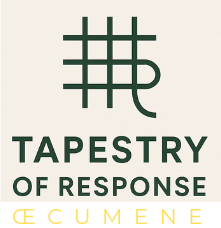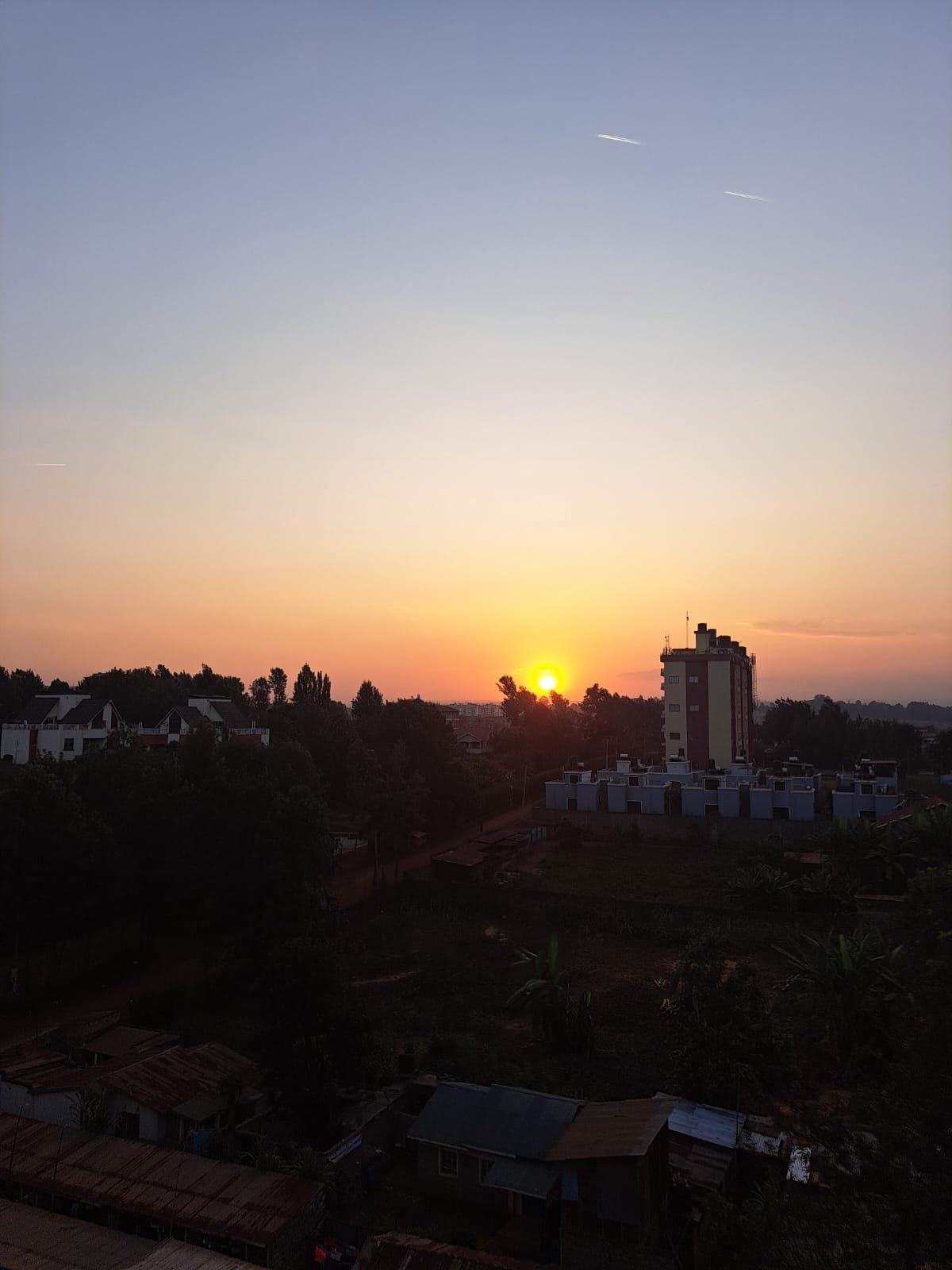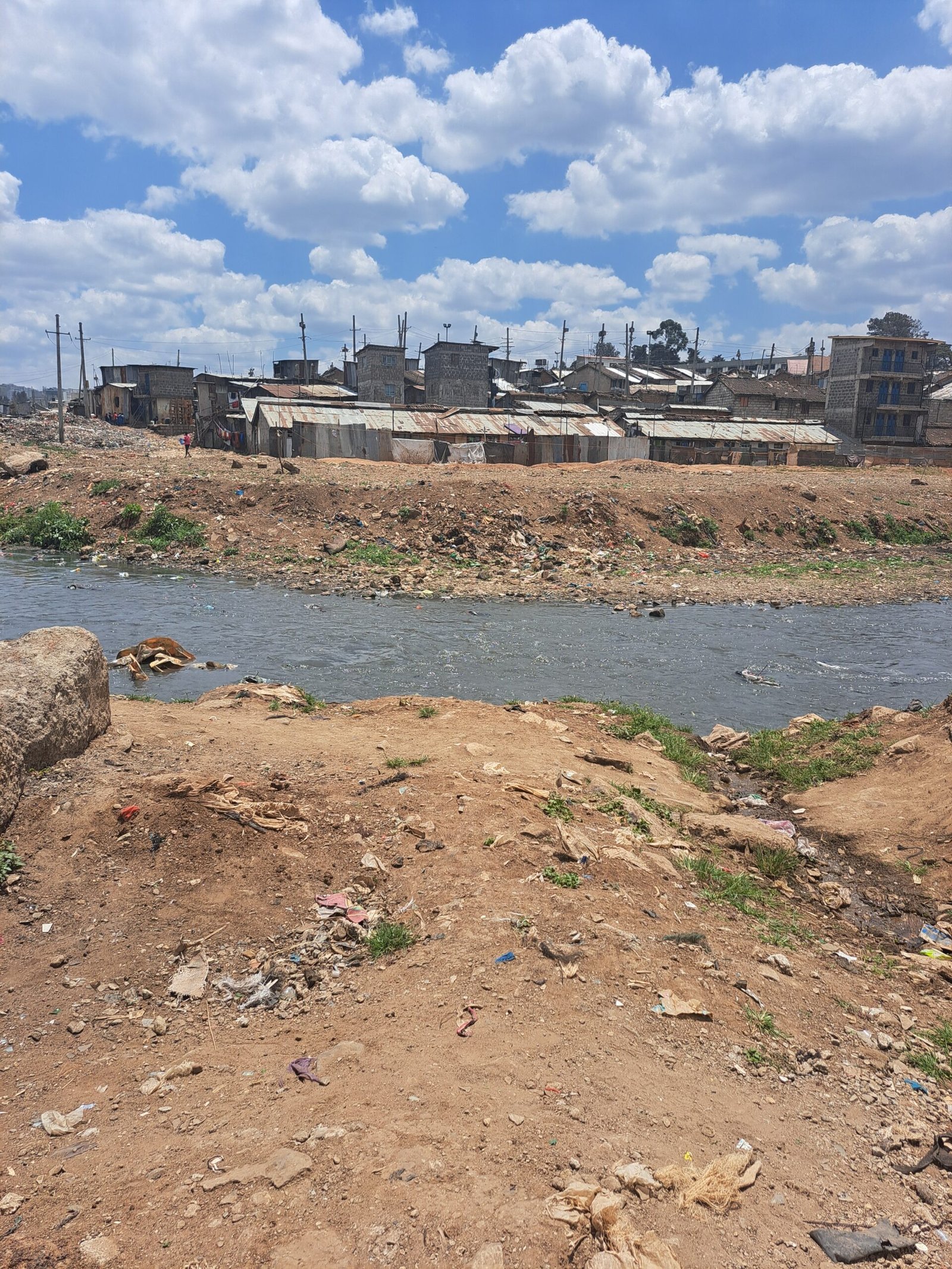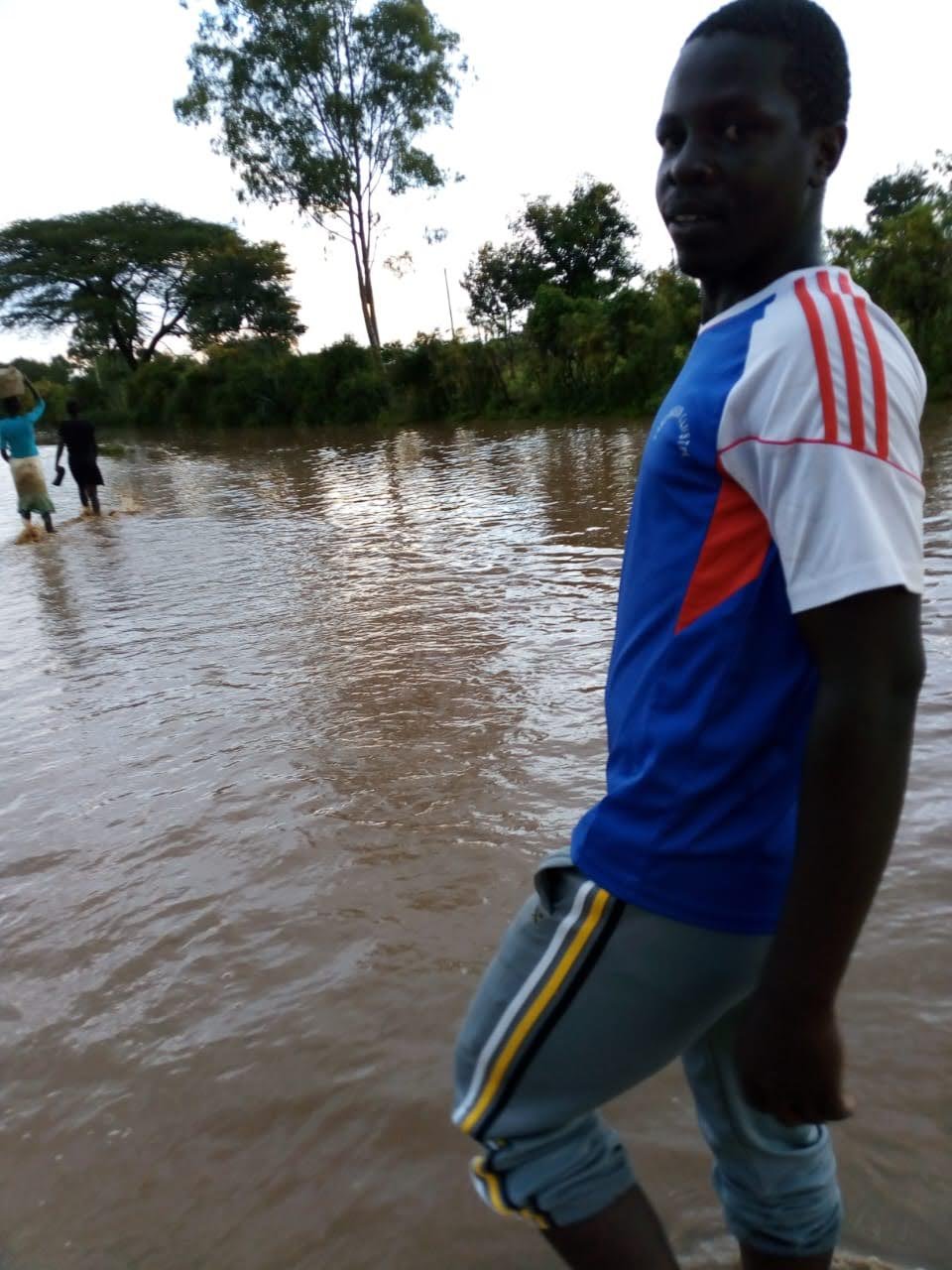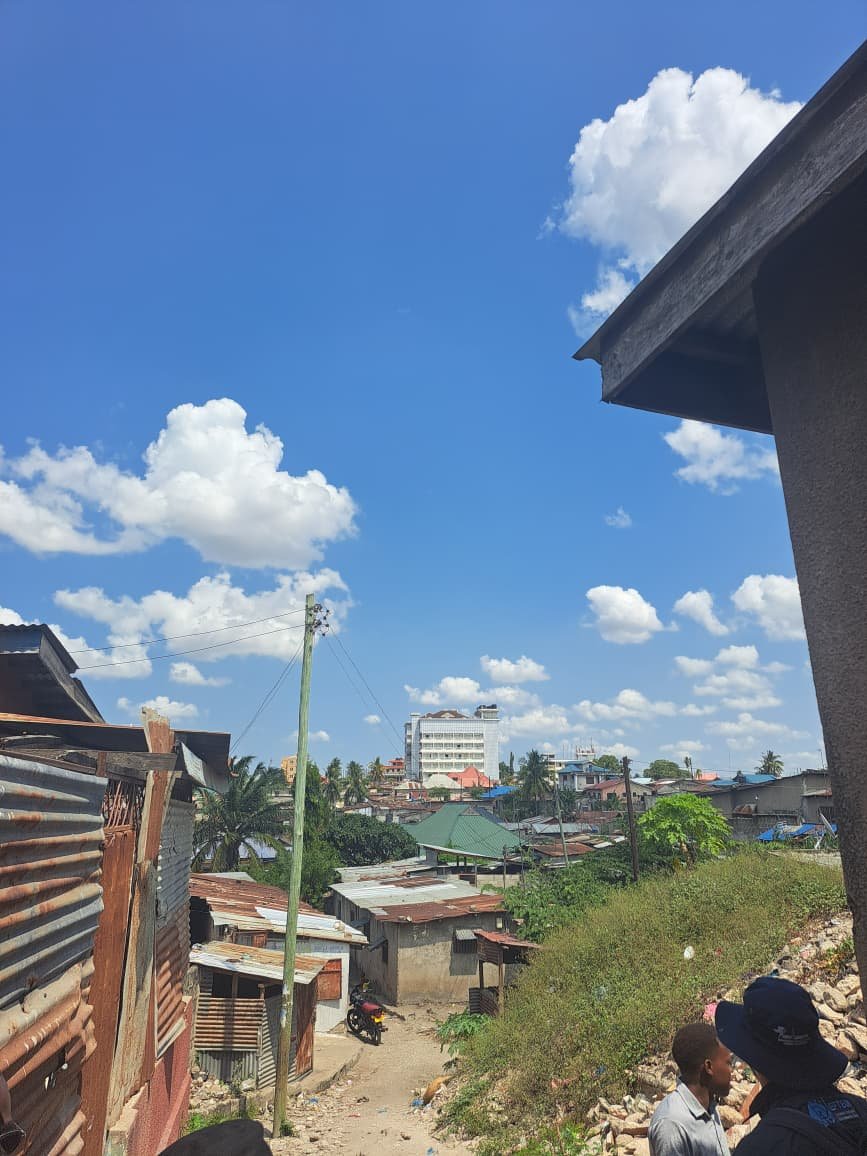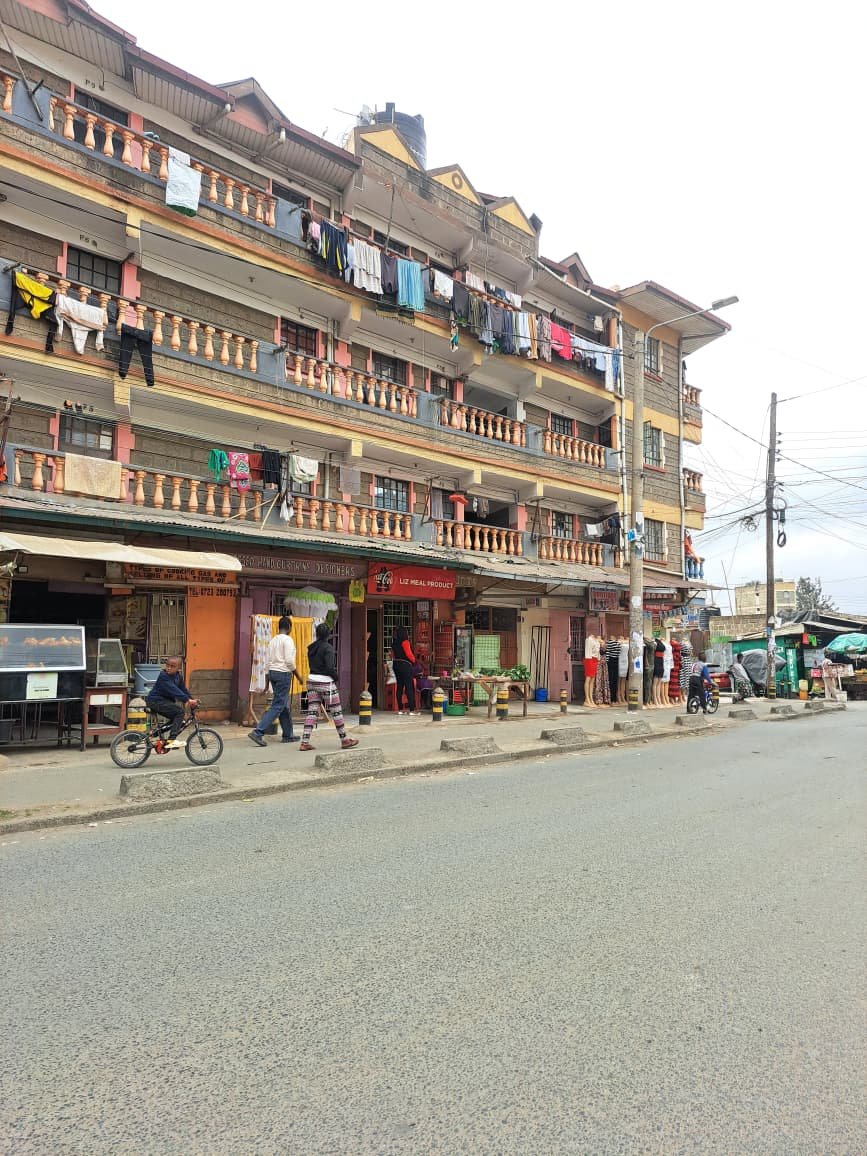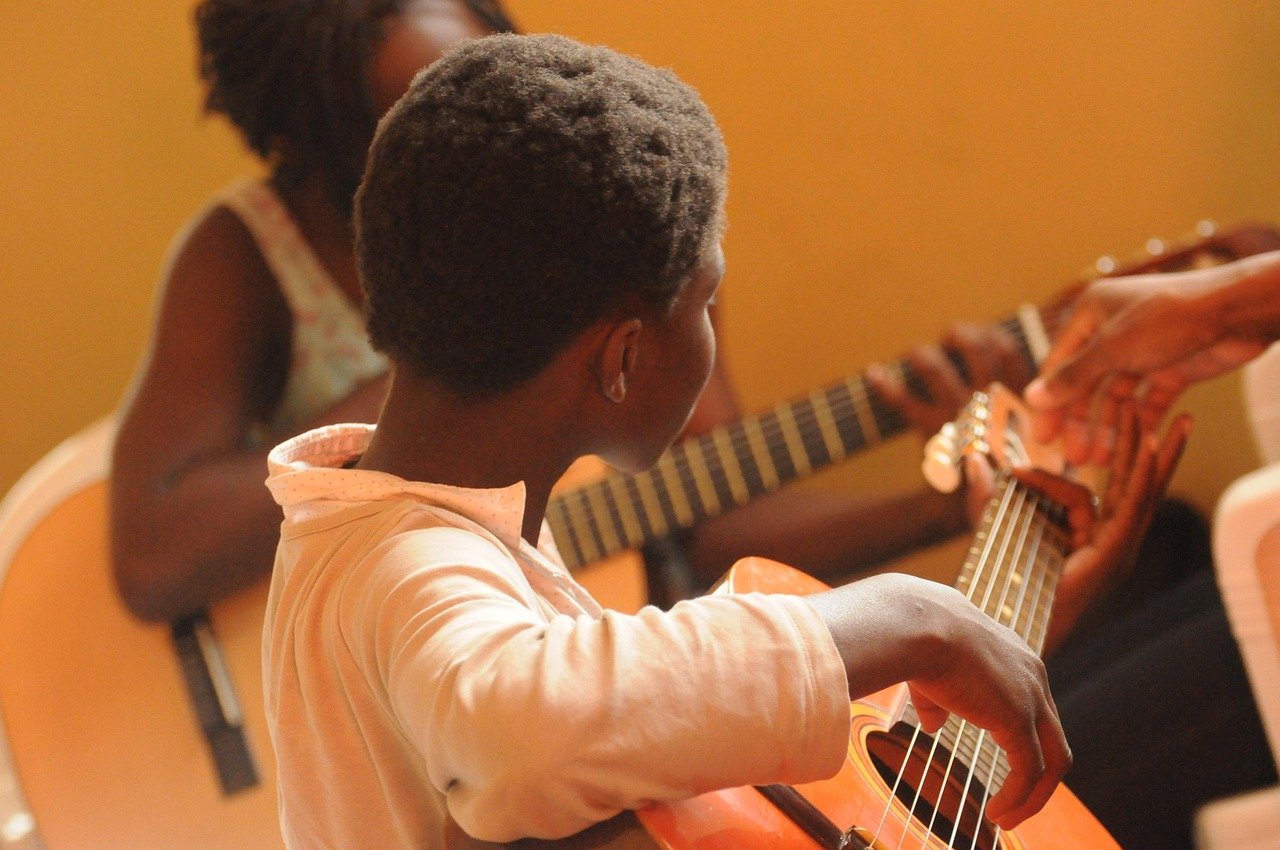“We wanted our voices heard, but then they brought tear gas.” — Pharris Chetellah*
*Pharris is a transport planner, who works to integrate land use planning and transport planning for sustainable transport infrastructure.
“Tulitaka sauti zetu zisikike, lakini wakaleta mabomu ya machozi.” — Pharris Chetellah*
*Pharris ni mpangaji miji aliyebobea katika upangapi was usafiri, ambaye anafanya kazi ya kuunganisha mipango ya matumizi ya ardhi na mipango ya usafiri kwa miundombinu endelevu ya usafiri.
When I met with Pharris, I knew I was speaking with someone who not only witnessed an urban crisis but also lived through it. Through the confusion, the smoke, the tear gas, the injuries, the screaming, and the sheer will to keep going despite it all.
Nilipokutana na Pharris, nilijua nilikuwa nikizungumza na mtu ambaye sio tu alishuhudia shida ya mijini lakini pia aliishi kupitia hilo. kwa kuchanganyikiwa, moshi, mabomu ya machozi, majeraha, mayowe, na nia kubwa ya kuendelea licha ya yote.
Our conversation centered on the recent Financial Bill 2024 protests in Nairobi, where he had joined peaceful demonstrators, only to be met with state violence and police brutality. The interview was raw. He described running for cover with his friends and how one of them broke a leg in the chaos. He also described the shock of having to witness live bullets flying around in what he thought to be a democratic space.
Mazungumzo yetu yalihusu maandamano ya hivi majuzi ya Mswada wa Fedha wa 2024 jijini Nairobi, ambapo alijiunga na waandamanaji wa amani, na kukabiliwa na ghasia za serikali na ukatili wa polisi. Mahojiano yalikuwa mabichi. Alielezea kukimbia na marafiki zake na jinsi mmoja wao alivyovunjika mguu katika machafuko hayo. Pia alielezea mshtuko wa kushuhudia risasi za moto zikiruka katika kile alichofikiri kuwa nafasi ya kidemokrasia.
However, in all this chaos was a shimmer of hope. Pharris described what followed the panic, and it is something that is really touching. He recalled the quick mobilization of the community; youth distributing water and masks, businesses providing shelter, medical tents emerging on sidewalks, among many other instances. It was clear that in the absence of the state, the city’s heart kept beating driven by its people.
Hata hivyo, katika machafuko haya yote kulikuwa na mwanga wa matumaini. Pharris alielezea kilichofuata hofu, na ni kitu ambacho kinagusa sana. Alikumbuka uhamasishaji wa haraka wa jamii; vijana kusambaza maji na barakoa, biashara zilizotoa makazi, mahema ya matibabu yaliyojitokeza kando ya barabara, kati ya matukio mengine mengi. Ilikuwa wazi kwamba kwa kukosekana kwa serikali, moyo wa jiji uliendelea kupiga ukiendeshwa na watu wake.
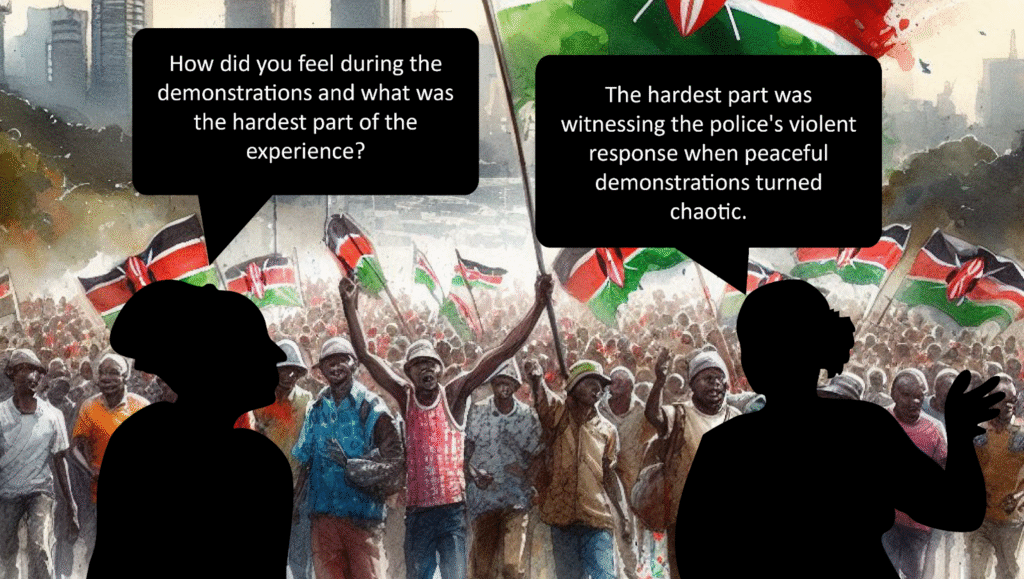
As an urban planner, Pharris provided solutions on how a city’s structure can be of importance especially during emergencies like protests. He said that for Nairobi to be safe especially when there are future protests it should have walkable streets, public spaces which can also be used as emergency shelters and surveillance for safety. He also called for monuments that remember not just heroes but the pain of the ordinary citizen. For him memory is not nostalgic, it is civic.
Kama mpangaji miji, Pharris alitoa suluhu kuhusu jinsi muundo wa jiji unavyoweza kuwa muhimu hasa wakati wa dharura kama vile maandamano. Alisema ili Nairobi iwe salama hasa kunapokuwa na maandamano yajayo inapaswa kuwa na mitaa inayoweza kutembeka, maeneo ya umma ambayo yanaweza pia kutumika kama makazi ya dharura na ufuatiliaji wa usalama. Pia alitoa wito wa kutengeneza sanamu ambazo zinakumbuka mashujaa na maumivu ya raia wa kawaida. Kwake kumbukumbu ni jambo la kiraia.
What stood out for me was his critique of the government’s cost-first logic — how preparedness is treated as a luxury rather than a necessity. “We only act after a tragedy, and by then, it is too late,” he said. It made me pause. Why is prevention always sidelined? Why does it take loss, destruction, or public outrage for action to follow? Why are budgets prioritized over lives until disaster forces a response? Pharris’s words raised questions that still linger — questions that cut to the heart of how we define value, urgency, and responsibility in our cities.
Kilichojitokeza kwangu ni ukosoaji wake wa mantiki ya gharama ya kwanza ya serikali — jinsi utayari unavyochukuliwa kama anasa badala ya lazima. “Tunachukua hatua tu baada ya msiba, na kufikia wakati huo, tumechelewa,” alisema. Ilinifanya nitulie. Kwa nini kuzuia daima hutengwa? Kwa nini inachukua hasara, uharibifu, au hasira ya umma kwa hatua kufuata? Kwa nini bajeti zinapewa kipaumbele juu ya maisha hadi maafa yalazimishe jibu? Maneno ya Pharris yalizua maswali ambayo yanapunguza kiini cha jinsi tunavyofafanua thamani, uharaka na wajibu katika miji yetu.
